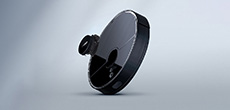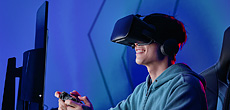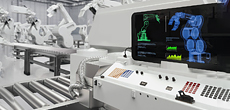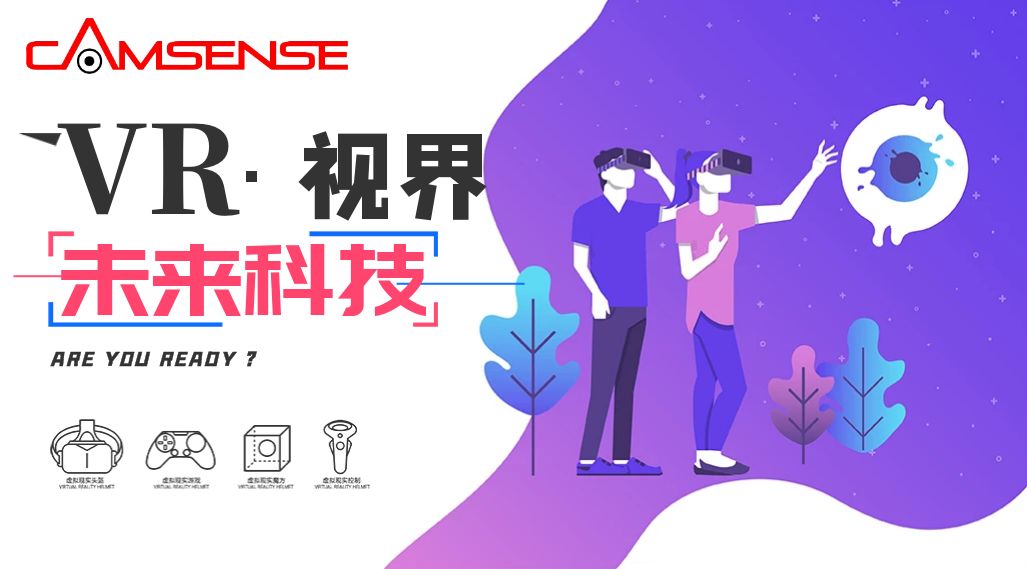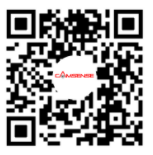According to Mems Consulting, among a series of advanced technologies that are expected to create future intelligent technological life, lidar technology has become a key development area of various related industries, and is widely used in robotics, unmanned driving, AR/VR, 3D printing It has become one of the indispensable intelligent partners in the "metaverse" era. It can be seen that lidar and its related technologies are leveraging a huge industrial blue ocean.
Status and Opportunities
Lidar technology has been developed for nearly 50 years. Depending on the application field, there are also some differences in the types of lidars. There are two main types of lidar in the current market, namely TOF lidar and triangulation ranging lidar.
TOF lidar is a measure of the time-of-flight of light. As the name implies, it emits a laser, and then through the echo detection of the laser, the distance to the target object is obtained by measuring the time difference between the light wave emitted to the target and the feedback and back. The triangulation radar uses a laser to emit laser light, and after irradiating the object, the reflected light is received by the linear CCD, and then the optical path is calculated according to the triangular formula to deduce the distance of the measured object.
Different ranging calculation methods make TOF radar and triangulation radar have their own advantages and disadvantages, and are used in different scenarios. In terms of long-distance measurement accuracy, TOF radar has obvious advantages over triangulation radar, so in some scenarios that require distance measurement, such as driverless car applications, TOF is more widely used. In terms of close-range accuracy, such as indoor short-range applications, triangulation radars were used more in the past.
Robots are also one of the hottest areas for lidar applications, and the market demand for sweeping robots is particularly strong. It is with the introduction of lidar that sweeping robots have truly entered the era of intelligence.
Light up the new industry
Since the TOF radar has always been shown in the image of high cost and complicated technical difficulty in the past, the sweeping robot more chooses the triangulation radar for ranging. However, with the continuous extension of market demand, the inherent defects of triangulation radar cannot be fully enclosed, the long-distance accuracy is not enough, and the structural stability is not good enough, which also makes the market development face a bottleneck. At the same time, with the emergence of new technologies, new processes and more flexible lidar data workflows, higher-precision TOF radars are gradually being recognized, and by virtue of high-performance product performance, they have become indispensable in the intelligent iteration process of sweeping robots. The missing help "hero".

Among the many TOF radars on the market, TOF lidars with lower cost and higher performance are opening up new opportunities for the application of sweeping robots.
Take the industry's first short-range dTOF ranging radar T3 just released by Camsense as an example. This product successfully solves the industry pain point of TOF radar through the original patented optical and algorithm design. T3 can measure within 0.6m. Millimeter-level is the only TOF radar on the market that solves the problem of close-range inaccuracy, and has achieved a major breakthrough in technology.
In addition to the improvement in navigation accuracy, the advantage of T3 is that it is almost free from light and object material interference during the ranging process. Specific to the application scenario of the sweeper, the excellent anti-interference performance of the T3 allows the sweeping robot to maintain stable accuracy in a dark environment or when facing objects of different colors and materials indoors, and work "unobstructed".
In addition, the shape of the T3 is also a highlight worth mentioning. Compared with the triangulation radar, the size of the T3 is almost halved, and the ultra-mini size allows it to better adapt to the mainstream ultra-thin cleaning robot design solutions on the market. The problem of entering foreign bodies has a better protective effect, and has laid a forward-looking foundation for automatic mop washing products.
In the long run, the improvement of lidar technology will also be expected to obtain greater development opportunities outside the sweeper, such as smart cities, security and other vertical fields. As the leading supplier of the lidar industry, Camsense will continue to develop on this track, give full play to the industry's driving role in the future society, and accelerate the sharing of scientific and technological intelligence achievements in all walks of life.
